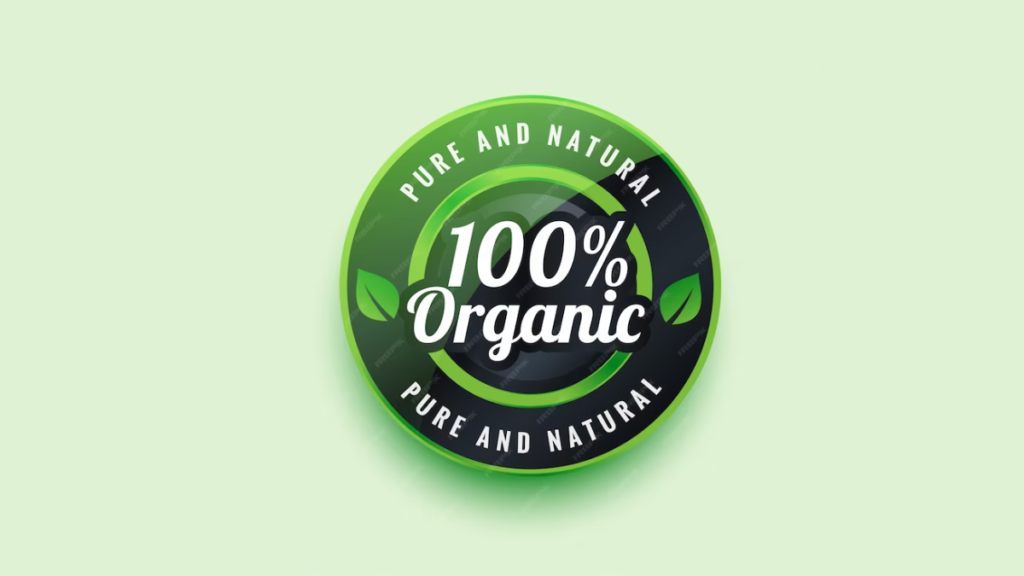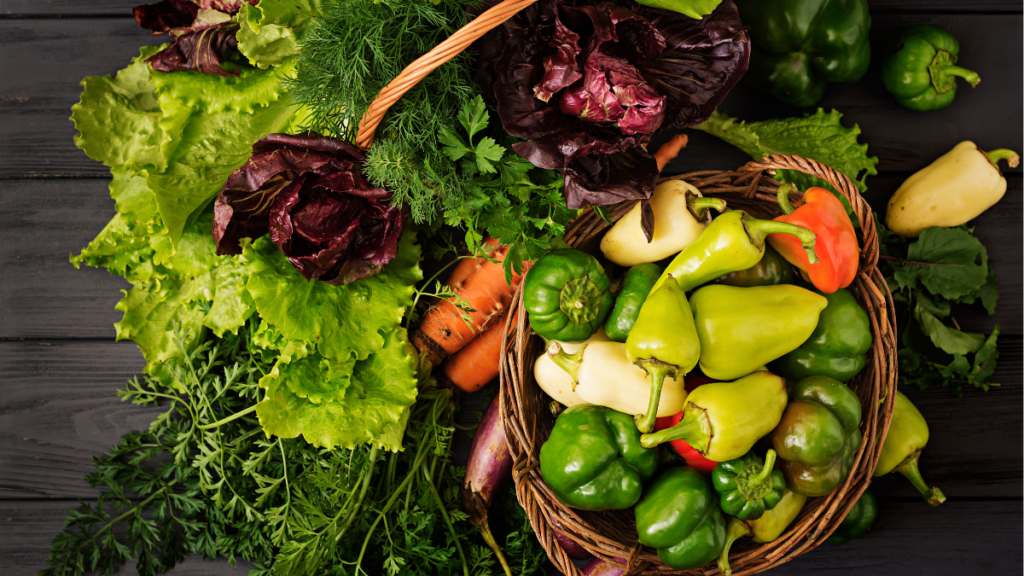Introduction:
In today’s bustling world of supermarkets and grocery stores, navigating through the maze of food labels can be overwhelming. With terms like “organic,” “natural,” and “low-fat” plastered on every package, it’s easy to feel lost in the sea of choices. However, understanding these labels is crucial for making informed decisions about what we put into our bodies. In this guide, we’ll demystify food labels and empower you to make healthier choices during your next shopping trip.
Understand the Terminology:
Organic:

Products labeled as organic are produced without synthetic pesticides, fertilizers, or genetically modified organisms (GMOs). Look for the USDA organic seal, which indicates that the product has been certified by the United States Department of Agriculture.
Natural:

Unlike organic, the term “natural” is not regulated by the USDA. It generally implies that the product contains no artificial ingredients or additives, but it’s essential to scrutinize the ingredient list to verify its authenticity.
Low-Fat, Fat-Free, and Reduced Fat:
These labels indicate the fat content of a product compared to its traditional counterpart. However, low-fat or fat-free products may contain higher levels of sugar or other additives to compensate for the reduced fat content.
Gluten-Free:
Products labeled as gluten-free are suitable for individuals with celiac disease or gluten sensitivities. These products do not contain wheat, barley, rye, or their derivatives.
Non-GMO:
Non-GMO labels signify that the product does not contain genetically modified organisms. However, it’s essential to note that many conventional products may not have this label but are still non-GMO.
Read the Ingredient List:
- Ingredients are listed in descending order by weight, with the primary ingredient listed first. Be wary of products with lengthy ingredient lists or ingredients you can’t pronounce.
- Look out for hidden sugars, artificial preservatives, and additives. Ingredients like high-fructose corn syrup, hydrogenated oils, and artificial colors or flavors should raise red flags.
Check the Nutrition Facts Panel:
- Pay attention to serving size and servings per container to ensure accurate nutritional intake.
- Look for products with lower amounts of saturated fat, trans fat, cholesterol, and sodium.
- Aim for products with higher amounts of fiber, vitamins, and minerals. Whole foods, such as fruits, vegetables, and whole grains, tend to be rich in these nutrients.
Compare Similar Products:
- When choosing between similar products, compare their nutrition labels side by side. Opt for products with simpler ingredient lists and fewer additives.
- Consider factors such as price, nutritional value, and personal dietary preferences when making your decision.
Be Critical of Marketing Tactics:
- Food companies often use clever marketing tactics to make their products appear healthier than they are. Don’t be swayed by buzzwords like “all-natural” or “made with real fruit.” Always verify the information by reading the labels.
Buy Fresh Whenever Possible:
- The freshest and healthiest foods often don’t come with labels at all. Stock up on fresh fruits, vegetables, lean meats, and whole grains to ensure a nutrient-rich diet.
Conclusion:
By arming yourself with knowledge about food labels, you can make more informed choices about the foods you consume. Remember to prioritize whole, unprocessed foods whenever possible and to scrutinize labels to avoid hidden additives and unhealthy ingredients. With a little practice, navigating the supermarket aisles will become second nature, and you’ll be well on your way to a healthier lifestyle. Happy shopping!

